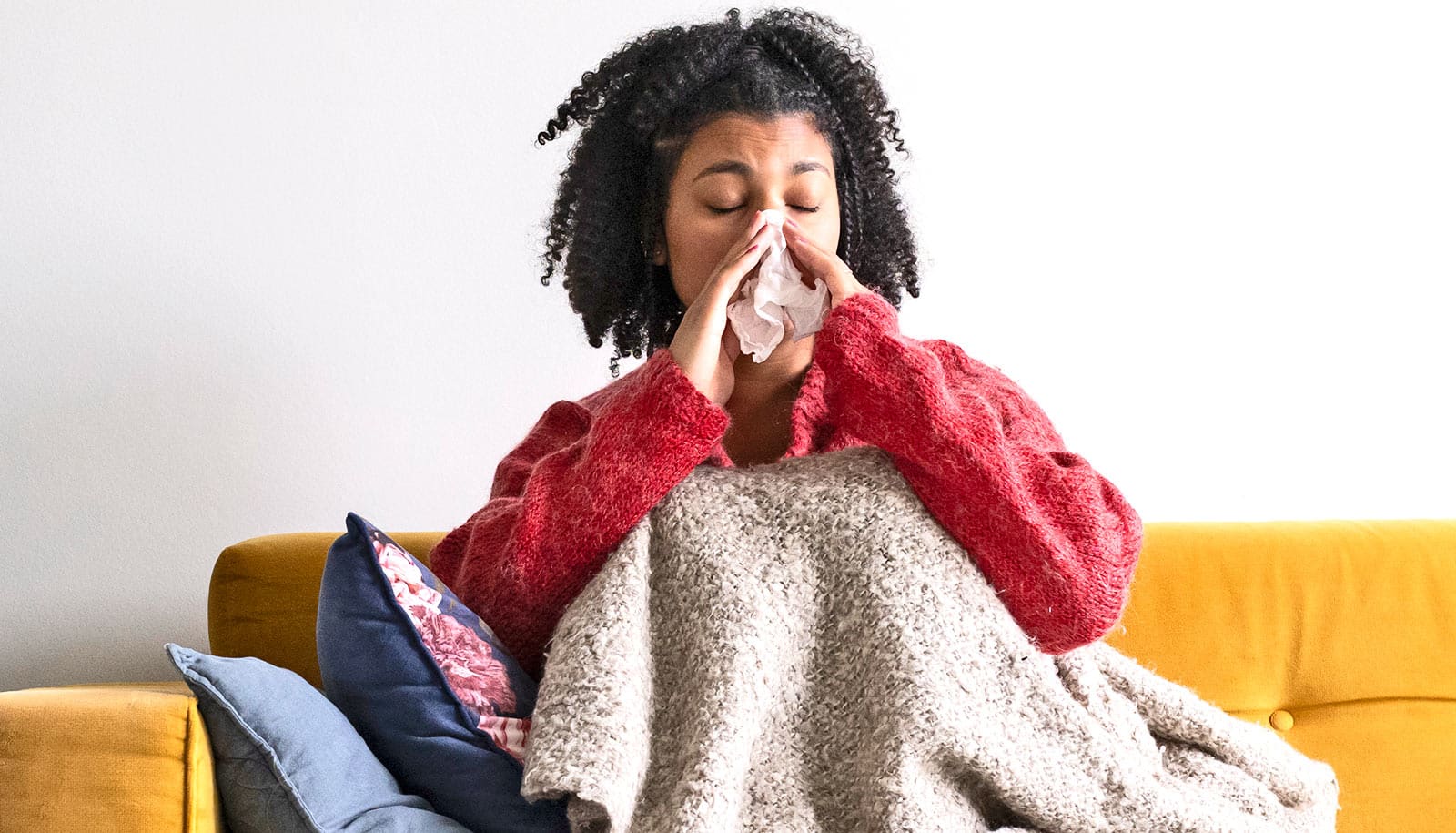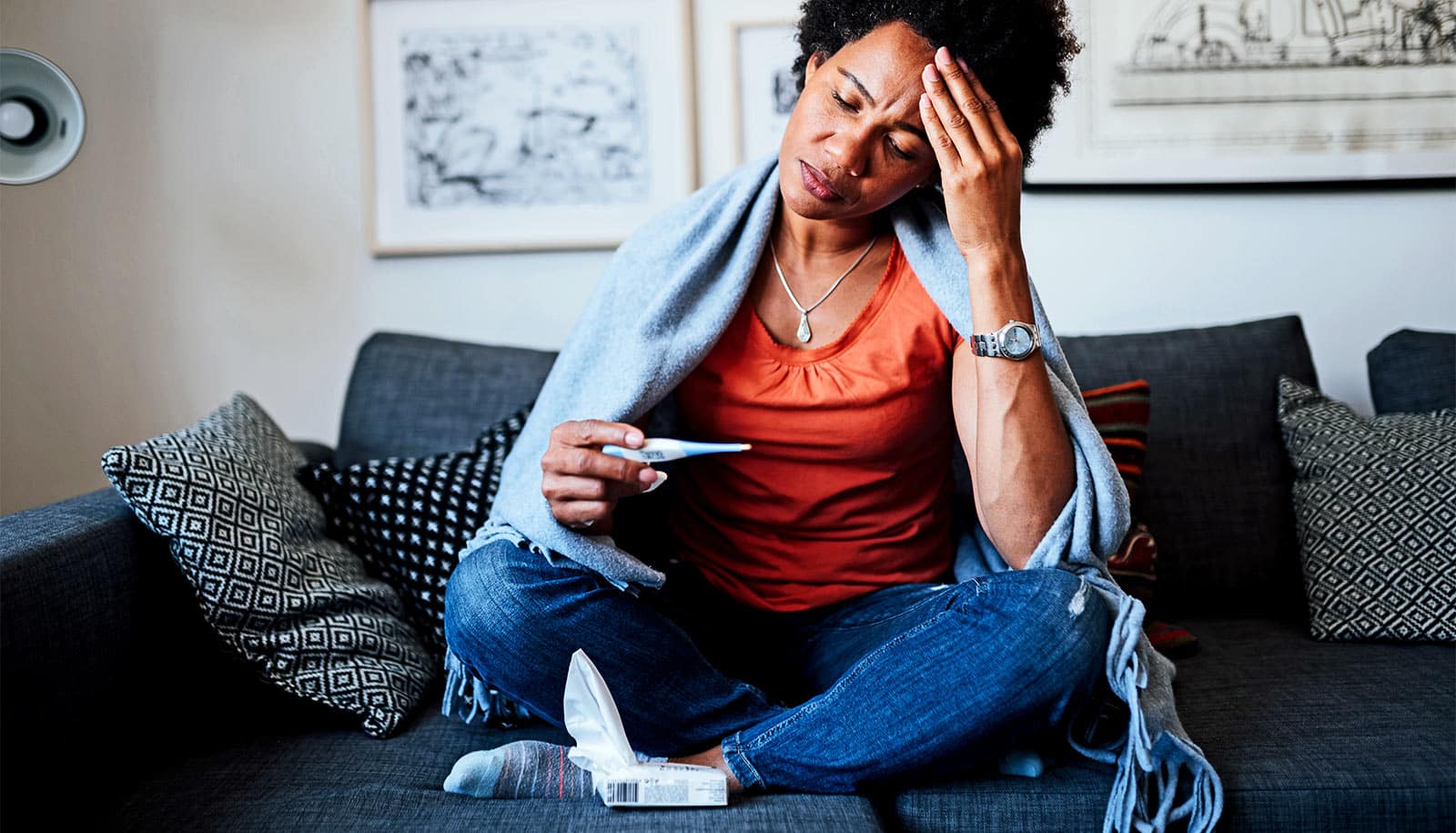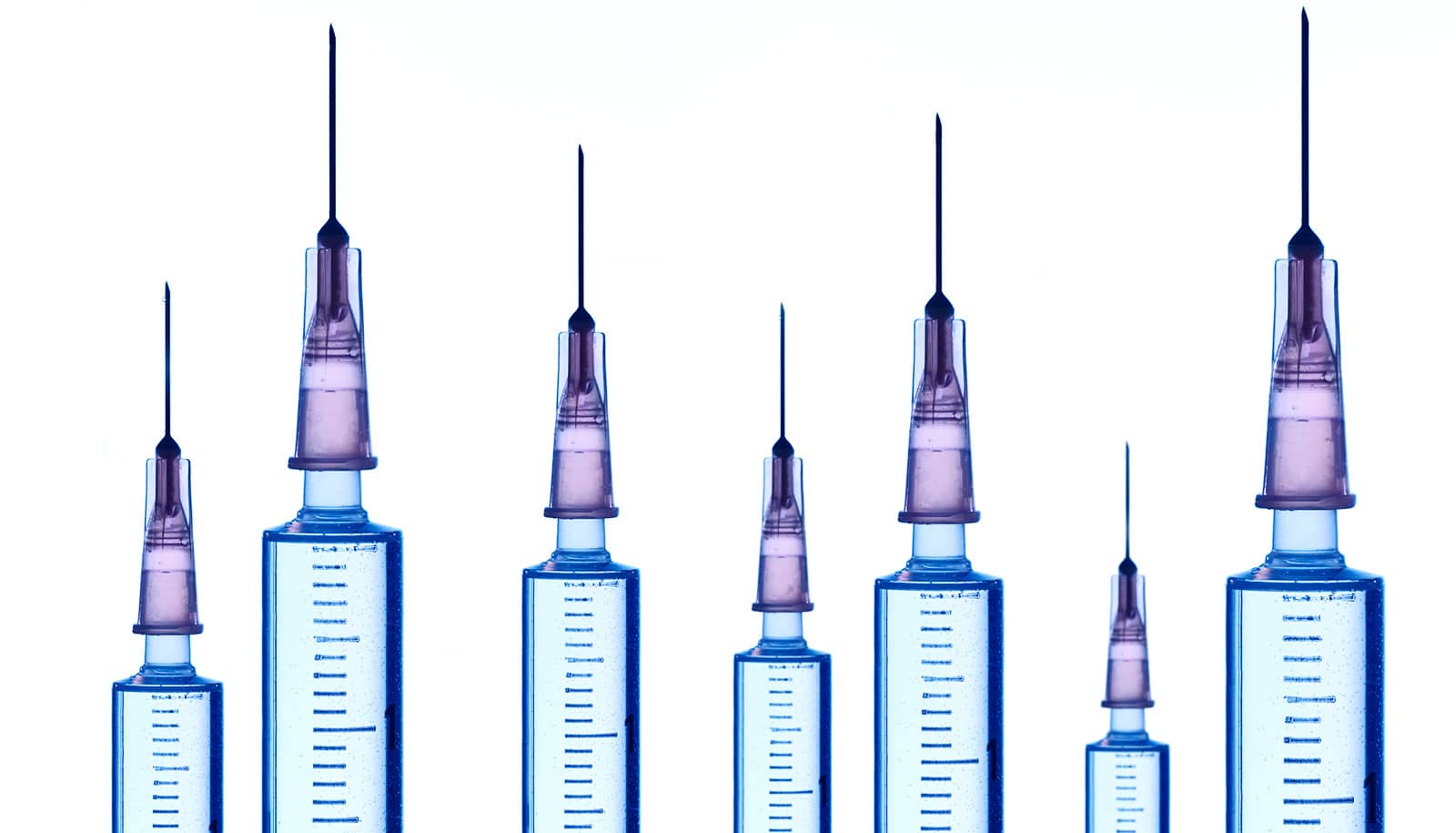A one-size-fits-all approach for scheduling COVID-19 booster shots may not be the most effective, according to a new study.
The best time for people to get a booster actually varies based on where they live and their personal infection history.
After analyzing data on antibody levels and on the projected incidence of COVID-19, the researchers suggest that the optimal time for a booster shot should coincide with periods of higher transmission. Doing so, the scientists say, can significantly improve protection against infection—up to a fourfold increase compared to less optimal times.
“Timing is everything when it comes to COVID-19 boosters,” says Jeffrey P. Townsend, the study’s lead author and a professor of biostatistics at the Yale School of Public Health (YSPH).
“Our research shows that receiving your booster shot at the right time can make a significant difference in your protection against infection. By tailoring booster schedules to local COVID-19 patterns, we can help ensure people are best protected when they need it most.”
The study also highlights that delaying booster shots for individuals who have experienced breakthrough infections enhances immunity, especially if the infection occurs late in the year. A COVID-19 breakthrough infection occurs when a person gets infected with the virus despite having been vaccinated.
“Breakthrough infections complicate booster timing, but our findings offer a clear solution,” says Hayley B. Hassler, coauthor of the study and a former research associate in Townsend’s lab. “By delaying booster shots after an infection, individuals can extend their immunity and improve their protection.”
The findings have important implications for public health policy and individual vaccination decisions. Hassler says this personalized approach to vaccination is a potential “game changer for public health.”
“Considering when to boost and how that decision changes future infection risk in light of your own history of infection is unlike any approach to vaccination we have had before,” says Alex Dornburg, assistant professor of bioinformatics and genomics at the University of North Carolina at Charlotte (UNCC) and a senior author of the study.
“Expanding this approach for other circulating vaccine-targetable diseases could have a dramatic, positive, impact on our ability to mitigate transmission.”
The study, which appears in the journal Clinical Infectious Diseases, addressed a key challenge in COVID-19 vaccination: determining the best time for booster administration to maximize immunity and reduce infection risk.
COVID-19 incidence fluctuates seasonally, much like other respiratory viruses, and antibody levels wane over time following vaccination. While booster shots are necessary to sustain immunity, administering them too early or too late can result in suboptimal protection.
Additionally, breakthrough infections complicate the timing of subsequent booster shots, as natural infections temporarily enhance immunity.
This research provides evidence-based guidance on tailoring booster schedules to both geographic infection patterns and individual health histories, aiming to improve the effectiveness of vaccination strategies worldwide.
Key Findings
- The optimal timing for COVID-19 booster administration is highly location-specific but generally falls in early autumn for the Northern Hemisphere.
- Administering boosters in September or October can provide up to three to four times more protection against infection compared to booster shots given later in the year.
- For instance, in New York, receiving a booster on September 15th offers the best protection, while delaying the booster to January reduces its efficacy by 3.6-fold.
- Breakthrough infections affect the optimal timing of subsequent booster shots. If an infection occurs close to a scheduled booster, delaying the next dose by several months can optimize immunity.
- On average, the study found that optimal booster dates precede peak COVID-19 transmission by about 2.7 months, allowing individuals to maximize their protection during periods of higher viral circulation.
- The findings highlight the importance of tailoring vaccination campaigns to local COVID-19 trends and personal infection histories for the best outcomes.
Why It Matters
The study’s findings have significant implications for public health policy and individual decision-making.
Optimizing the timing of COVID-19 booster shots can greatly enhance protection against infection, reducing both transmission rates and the burden on health care systems. For high-risk populations, such as the elderly and immunocompromised, receiving a booster at the right time can be crucial in preventing severe illness.
Furthermore, this research offers a personalized approach to vaccination, recommending booster delays following breakthrough infections to maximize immune response. As the pandemic continues to evolve, these insights provide a roadmap for improving booster uptake and efficacy, ultimately reducing the societal impact of COVID-19.
Source: Yale



